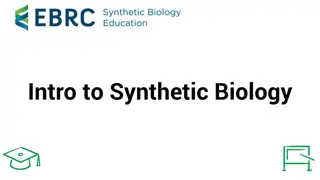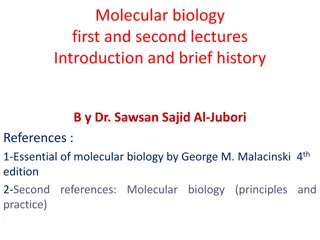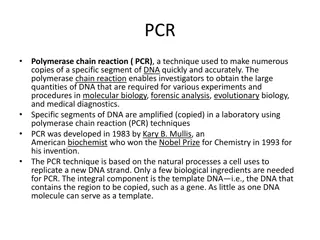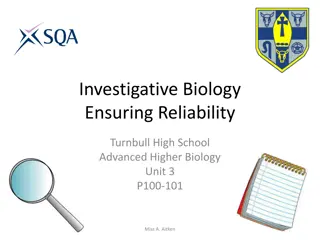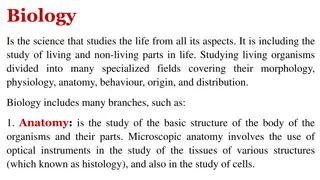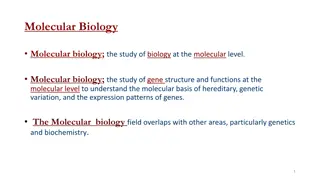Higher Biology
Some insects exhibit complex social behaviors with division of labor for reproduction and nest maintenance. Social insects like honey bees play key roles as keystone species in ecosystems, providing critical ecosystem services such as pollination, decomposition, and pest control. Humans benefit economically from these ecosystem services, highlighting the importance of understanding and conserving social insect populations.
Download Presentation

Please find below an Image/Link to download the presentation.
The content on the website is provided AS IS for your information and personal use only. It may not be sold, licensed, or shared on other websites without obtaining consent from the author.If you encounter any issues during the download, it is possible that the publisher has removed the file from their server.
You are allowed to download the files provided on this website for personal or commercial use, subject to the condition that they are used lawfully. All files are the property of their respective owners.
The content on the website is provided AS IS for your information and personal use only. It may not be sold, licensed, or shared on other websites without obtaining consent from the author.
E N D
Presentation Transcript
Higher Biology Unit 3 3.6- Social Insects
Insect Behaviour Some insects have evolved complex patterns of social behaviour Not all individuals are able to reproduce so there is a division of labour within the group Some insects will be responsible for reproduction while others maintain the nest/hive, collect feed and rear the young of the reproductive insects
Within honey bees three different castes exist The queen which is a female and responsible for producing eggs Drones who are male and are responsible for reproducing with the queen Workers who ensure the survival of young bees
Worker bees Worker bees help to ensure the survival of young bees by cleaning out cells, feeding and grooming larvae, guarding the hive and foraging for food amongst other tasks As they share the same mother with the young bees they are maximising the chance of their own genes being passed on
Keystone Species A keystone species is one who plays a critical role in an ecosystem Removing this species could lead to the collapse of an ecosystem Social insects are often considered keystone species because of the roles they play (pollination for example)
Ecosystem Services Humans benefit from many of the resources supplied by and processes carried out in ecosystems These are known as ecosystem services and are of economic importance to humans Examples include pollination of plants by bees, decomposition by termites, and pest control by parasitic wasps
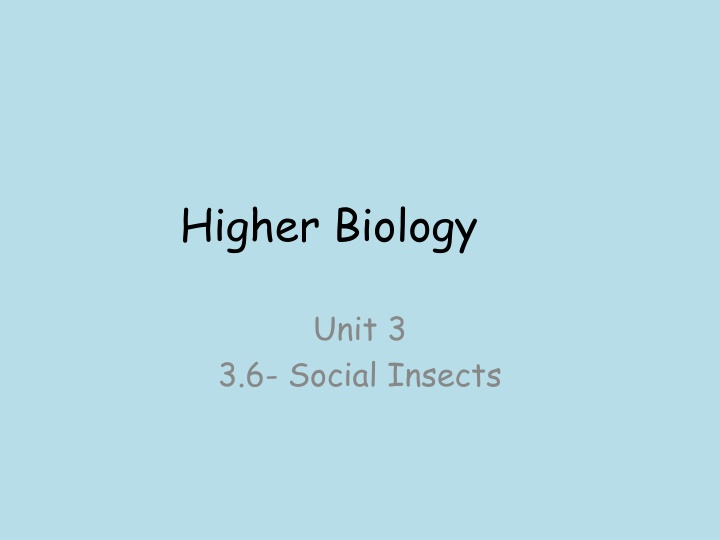

![❤[READ]❤ Cosmic Biology: How Life Could Evolve on Other Worlds (Springer Praxis](/thumb/21556/read-cosmic-biology-how-life-could-evolve-on-other-worlds-springer-praxis.jpg)



